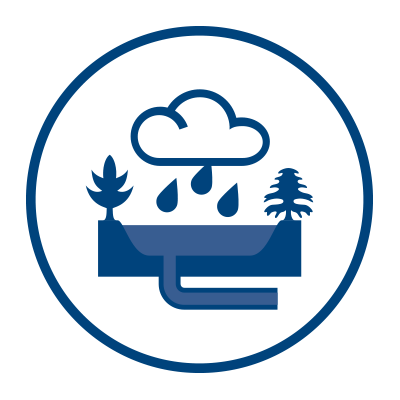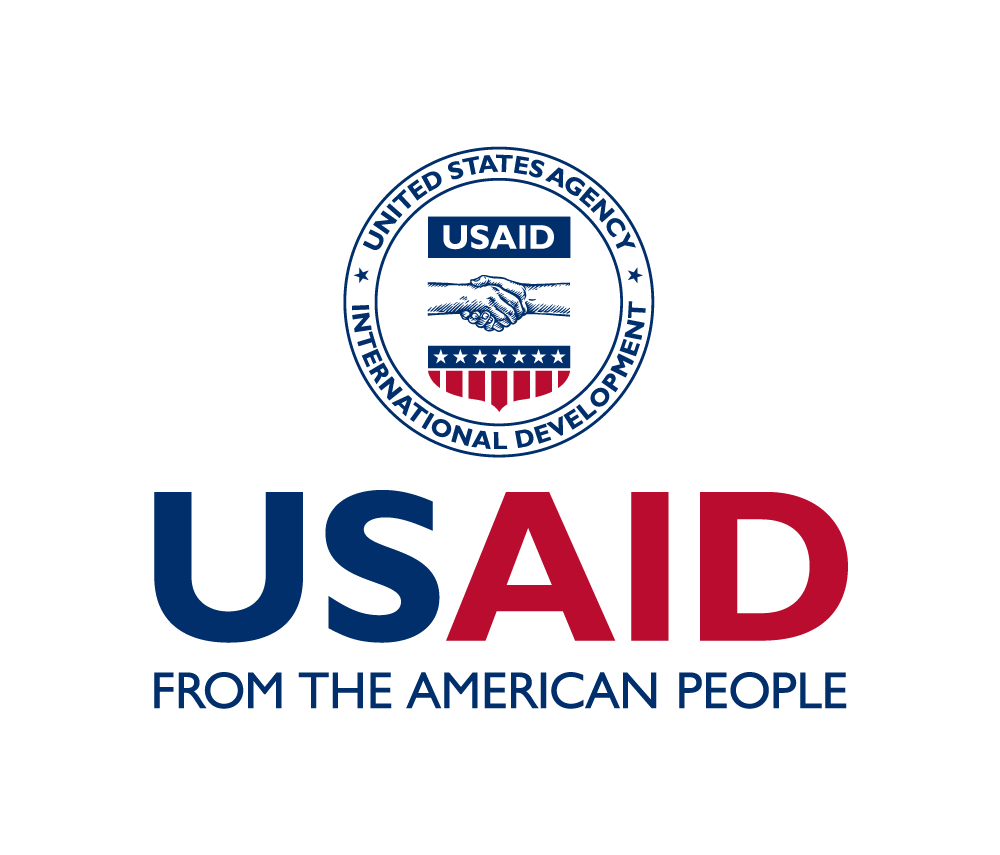Planning for Soil and Water Conservation Workshops—from Organizing to Action
The Story
Water is a limited resource impacting both economic development and food security, and agriculture is the single largest user of water resources in many countries across the globe. Pakistan is no exception. Agriculture directly supports the country's population and accounts for 26 percent of its gross domestic product. Rapid population increase, infrastructure issues, loss of reservoir storage capacity, and climate fluctuations have led to major water availability concerns. Proper watershed planning is needed to ensure watershed management and rehabilitation are appropriately coordinated and implemented with stakeholders. Implementation of practices or techniques without proper planning and follow up can be ineffective or even destructive to the economy, environment, and lack of coordination between stakeholders will certainly not achieve optimal results.
The U.S. Department of Agriculture’s Natural Resources Conservation Service (USDA–NRCS) uses a three-phase, nine-step planning process to guide, plan, design, implement, and manage soil and water practices and techniques as part of its conservation mission in the United States. This process has long been used as part of various conservation activities at the watershed, sub-watershed, and field planning scale. This planning process is as follows:
Phase I—Collection and Analysis
Step 1: Identify Problems and Opportunities
Step 2: Determine Objectives
Step 3: Inventory Resources
Step 4: Analyze Resource Data
Phase II—Decision Support
Step 5: Formulate Alternatives
Step 6: Evaluate Alternatives
Step 7: Make Decisions
Phase III—Application and Evaluation
Step 8: Implement the Plan
Step 9: Evaluate the Plan
In 2019, the USDA-NRCS held a workshop in Pakistan to utilize integrated water resources management (IWRM), and the nine-step planning model considering the Gomal Zam Dam watershed as an illustrative opportunity for IWRM across Pakistan. The workshop included a variety of stakeholders in the Pakistan Government water sector. USDA–NRCS facilitated the entire group in discussing the application of the area-wide planning efforts and how it relates to their areas of responsibility. A particular focus was on how the planning process applies to the stakeholder’s roles and responsibilities in developing and implementing watershed plans.
The outputs of the workshop were multifold. Workshop participants were socialized to the tenets of area-wide planning and to how their respective agencies can more effectively incorporate these principles into their work. Workshop participants developed inventories of how each of their respective offices can better coordinate among each other. Finally, this engagement strengthened the coordination between the USDA/USAID and Government of Pakistan officials on water conservation and increased agricultural productivity, directly benefiting both countries.
Find More
Strategic Objective(S)
 Water Resources Management
Water Resources Management




Highlight